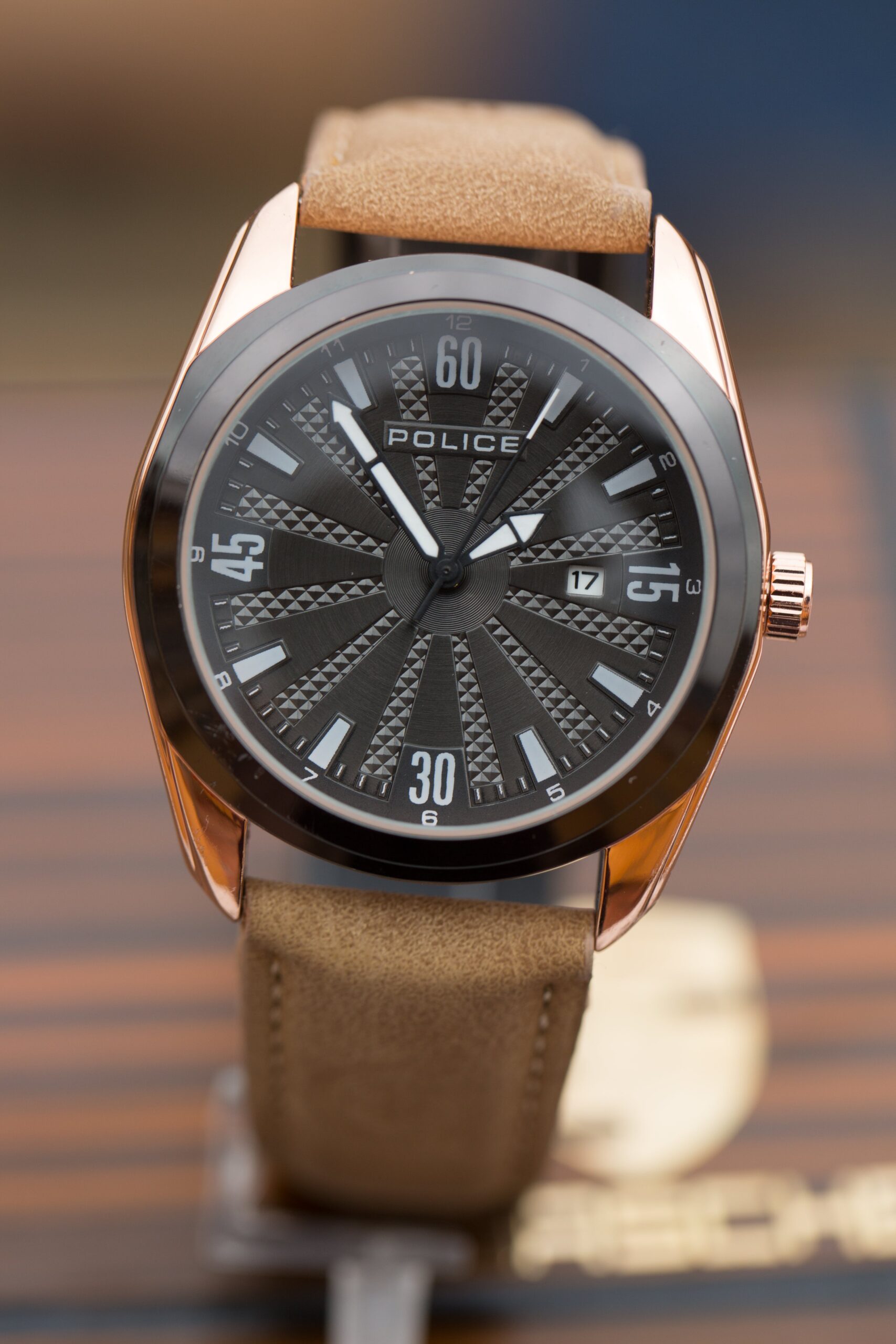Introduction:
In the intricate world of horology, where the convergence of craftsmanship and aesthetics defines an industry that spans centuries, watches have metamorphosed from utilitarian timekeepers to cherished symbols of personal style. This article embarks on a fascinating exploration of the interplay between color and horological design, unraveling the intricate artistry that transforms watches into vibrant canvases reflecting not just the passage of time but also individual expression.
1. The Significance of Watches in Everyday Life:
The ubiquity of watches in our daily lives is undeniable, transcending their fundamental purpose of timekeeping to become essential accessories that mirror our personality. As we navigate the complexities of contemporary existence, the fusion of functionality and fashion emerges, giving rise to a captivating narrative where watches become not just tools but expressions of personal identity.
Part 1: The Color Palette in Horological Artistry
1.1 Historical Evolution of Color in the Watch Industry:
To comprehend the profound impact of color in modern watch design, we must first traverse the historical evolution of the industry. From the early days of predominantly metallic and monochromatic designs, we witness a transformative journey marked by visionary brands who dared to introduce vibrant hues, forever altering the landscape of watch aesthetics.
1.2 Impact of Leading Brands on Color Diversity:
Prominent watchmakers such as Rolex, Omega, and Audemars Piguet have played pivotal roles in shaping the color narrative within the industry. Their bold experimentation with a spectrum of colors, from the classic to the avant-garde, has not only redefined the identity of these brands but has also set trends that resonate across the horological spectrum.
1.3 The Expressive Power of Color:
Color, in the context of watch design, is not a mere visual attribute but a language that articulates sophistication, individuality, and even rebellion. The choice of color in a timepiece becomes a reflection of the wearer's personality, evoking emotions and establishing a unique connection beyond the functional aspect of timekeeping.
Part 2: Technologies Shaping Color in Watches
2.1 Materials and Techniques for Diverse Color Effects:
Advancements in materials and techniques have significantly broadened the palette available to watchmakers. PVD coatings, enameling processes, and the utilization of innovative materials like ceramic have ushered in an era where watches can boast a kaleidoscope of colors. This section will delve into the technical nuances that empower watchmakers to create hues ranging from subtle elegance to bold exuberance.
2.2 Innovations in Digital and LED Watches:
In the age of digital innovation, traditional analog watches are not the sole canvas for color exploration. LED and digital watches have emerged as platforms for dynamic color displays, enabling wearers to personalize and adapt the color scheme of their timepieces according to mood, occasion, or personal preference. The intersection of technology and color in this realm offers a novel dimension to the art of watchmaking.
Part 3: Color and Functionality
3.1 Psychological Impact of Color on Time Perception:
Beyond aesthetics, the choice of color in a watch can exert a profound psychological influence on how time is subjectively experienced. Studies suggest that different colors evoke varied emotional responses, and the incorporation of specific hues in watches can potentially alter the wearer's perception of time. This section will explore the intricate interplay between color, psychology, and functionality in horology.
3.2 Watches as Style Statements:
Watches, as extensions of personal style, transcend their utilitarian roots. The diverse array of colors available allows individuals to curate a collection that mirrors their personality, matching the nuances of their lifestyle and fashion choices. Whether it's the understated elegance of a classic black timepiece or the vibrancy of a bold red chronograph, the color becomes an integral element in defining the wearer's style statement.
Part 4: Iconic Examples
4.1 Showcase of Remarkable Watches:
This section will spotlight some of the most iconic watches celebrated for their innovative use of color. From the enduring elegance of the Rolex Submariner's monochromatic palette to the audacious hues of the Audemars Piguet Royal Oak, each showcased timepiece unfolds a unique narrative through its carefully curated color palette.
4.2 Successes and Failures in Color Design:
Not every experiment with color in watch design has been an unequivocal success. This part will delve into both triumphs and pitfalls, dissecting the delicate balance between pushing creative boundaries and maintaining a timeless appeal. Analyzing these instances provides valuable insights into the dynamic relationship between color experimentation and consumer reception.
Conclusion:
In the realm of horology, the convergence of time and artistry finds its apotheosis in the vivid hues that adorn watches. As this exploration of horological hues draws to a close, it becomes evident that watches have transcended their functional origins, evolving into miniature masterpieces that narrate stories of individuality and style. The vibrant tapestry of colors showcased in this article serves as an invitation for enthusiasts to delve deeper into the colorful world that unfolds within the confines of their wristwatches, where time is not just measured but painted with an exquisite palette of emotions and expressions.
